Exhibition Notes Johanna Labitoria
Editing by Gabrielle de la Cruz
Images Galeria Duemila and Joe Bautista

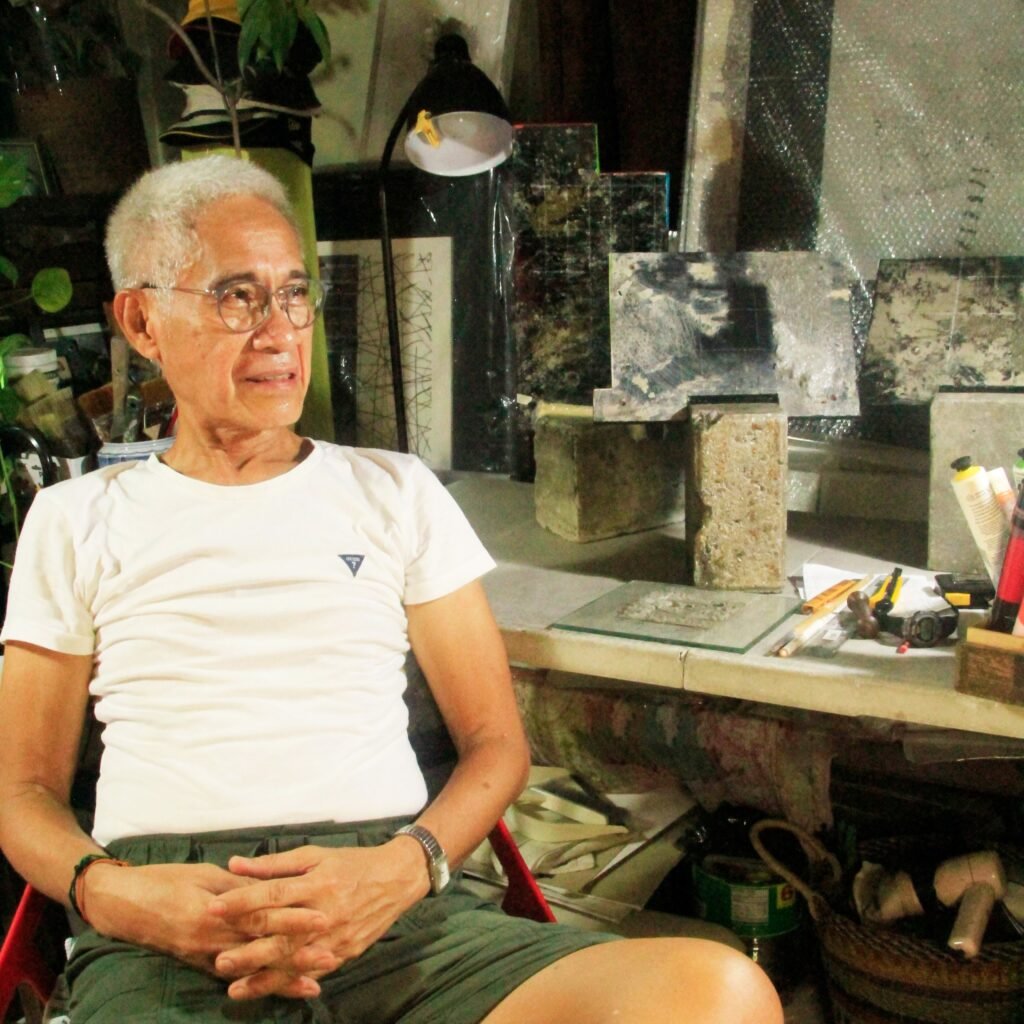
Conceptual artist Joe Bautista’s debut exhibit at the Galleria Duemila in 2019 was called ‘Vertical and Horizontal Dreams.’ This collection was mainly composed of flat, acrylic paintings and paid homage to the artist’s architectural musings. For his second and current exhibit at the same gallery entitled ‘Re-Construction’, Bautista carries over the same concept, adding more depth and playing with heights through conventional construction objects.
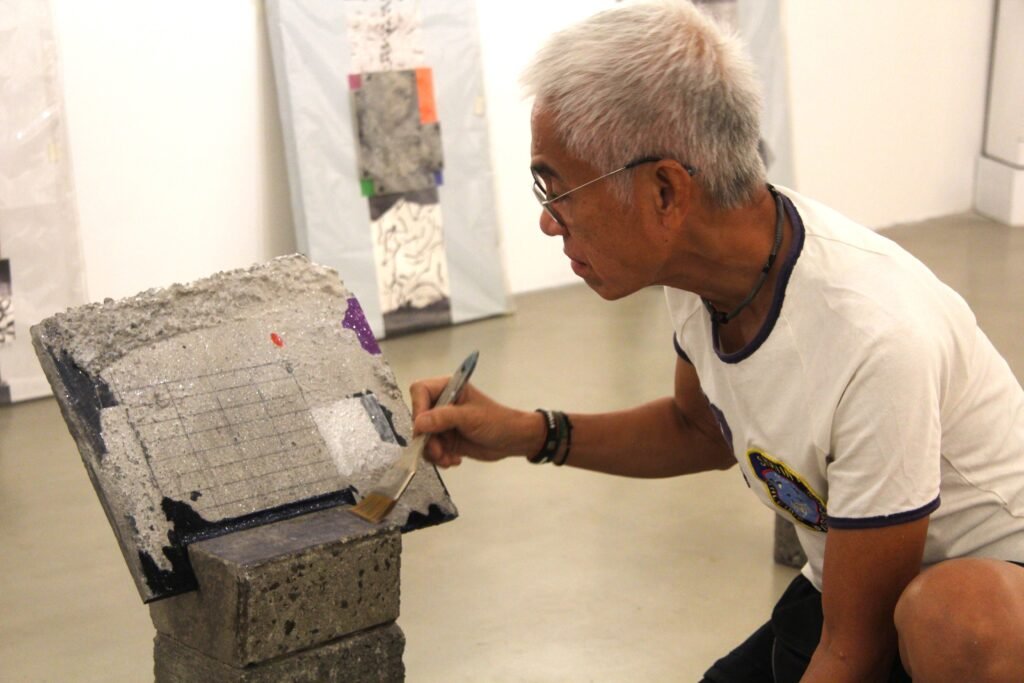

The artist starts out with a recognition of form, a visible shape or configuration. In architectural terms, this may refer to construction. The paintings can be seen as both constructions and re-constructions of the artist. Bautista sees his compositions as re-constructions or remakes, with each piece taking on a whole new remembrance of form.
Industrial materials found in construction sites such as discarded blocks of wood, tiles, plywood sheets, cement, tiles, nails, bolts, and nuts pervade this exhibit. Bautista’s artistry transforms them into a set of relief paintings that mimic a topography of land where structures stand still.
In the Form & Space series, blocks of wood frames and sheets of plywood form the middle part of the painting, setting the tone of the whole Re-Construction exhibit.
Re-Construction’s entire concept toys with the idea of space and form. The paintings ideate the perspective of transformation while also driving down the idea that a location is merely physical. Here, space “may be defined as a three-dimensional extent in which objects manifest and have relative position and direction.”
In Plato’s underpinnings, form is the essential nature of a species or thing, especially regarded as an abstract ideal. The rawness of Joe Bautista’s materials highlights his brevity in showcasing stripped-off and exposed versions of structures. He varnishes and casually paints over them using acrylic, often working on two or three layers to achieve his desired look. The resulting elements are blocks of color, acrylic washes, and doodle-like elements as painterly gestures.
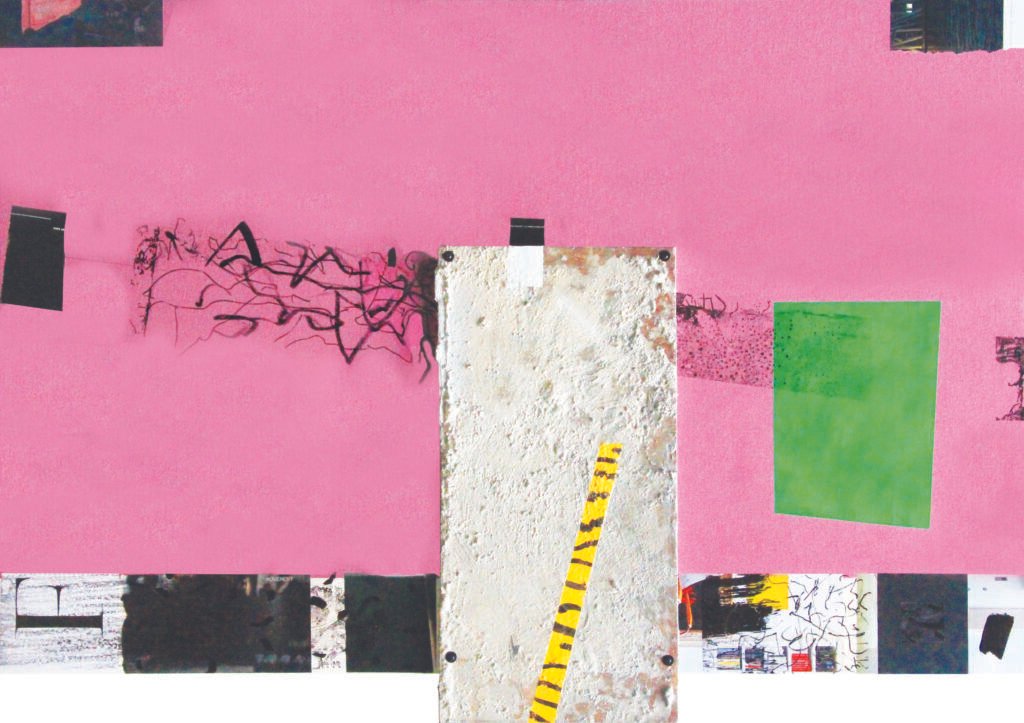
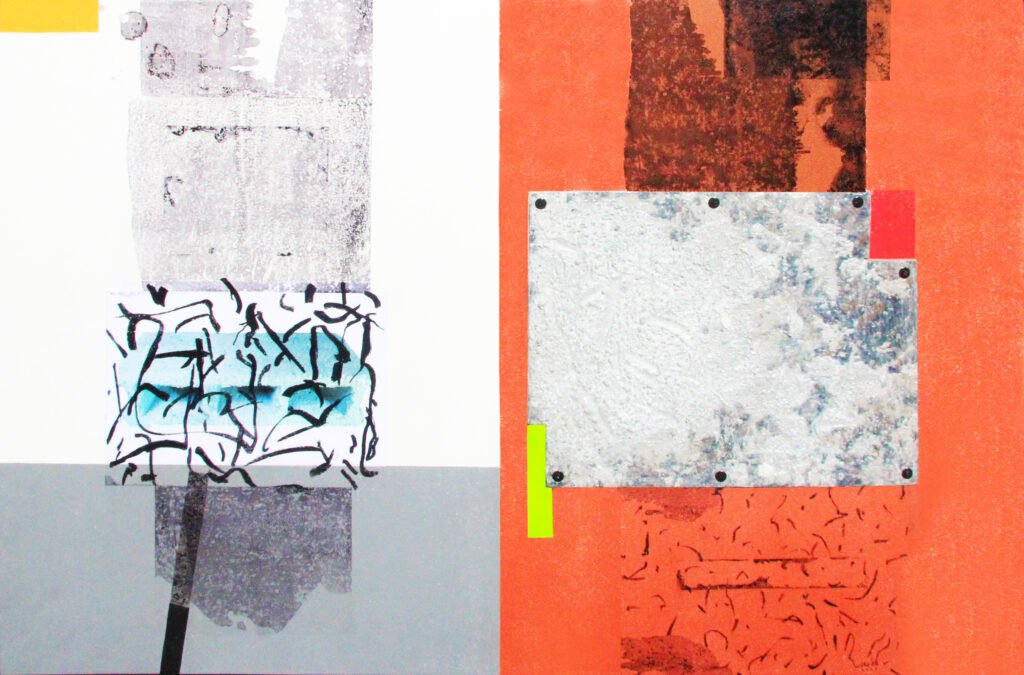
It is worth noting that the artist, in his early days, won first place in sculpture competitions. This explains his inclination to both two-dimensional and three-dimensional use of elements. His advertising background is also evident, seen in the use of magazine cut-outs, a widely-available graphic rendering of images and form.
Dualistic I and Dualistic II, mixed media on canvas, 2022. In Dualistic I, the color field and hard-edged lines express a modern influence and are made contemporary by putting a decorative tile and a cut-out plywood sheet with dried cement.
The artist has a penchant for height, stacking up elements on both orientations. Rigid shapes like squares and rectangles are depicted in different painting techniques. The monochromatic and sometimes neutral colors of the paintings are contrasted with little pops of color such as yellow, orange, and green tucked away in little blocks and corners. These serve as highlights to an otherwise muted composition. At a distance, the same shapes arranged on several orientations hint at pathways and roads, structures that take an individual from point A to point B.
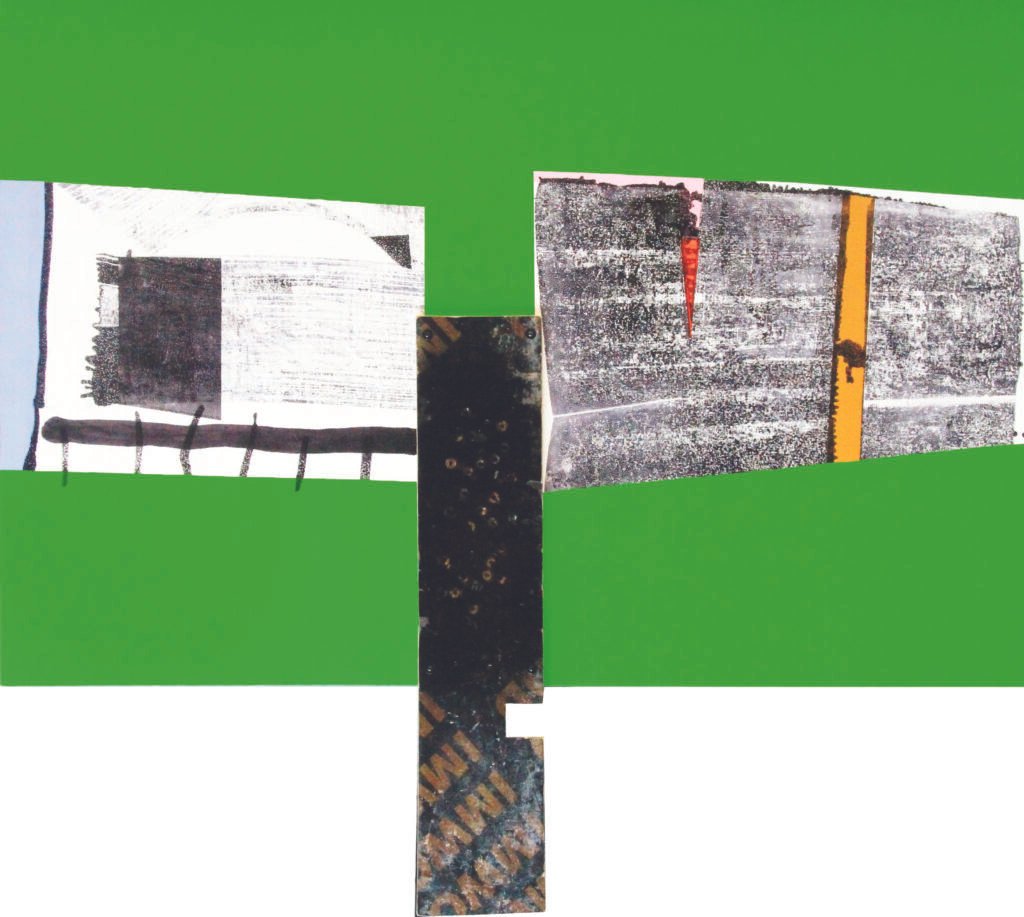

The presence of installations in the exhibit introduces Bautista’s hope to interact with his audience through participatory art. These installations emulate the processes in the construction site. At the left wall of Gallery A, the artist continuously applies cement on black-painted plywood and encourages everyone to do the same. The repetitive action enables the artist and the viewer to join in construction (the process of application) and re-construction (the style of application) in a bout of space and time. This particular installation is an exercise of the imagination. Joe Bau emphasizes that the audience is free to interpret his work. After all, as a conceptual artist, he believes that “art works in the service of the mind.”


The set of relief paintings and installations crosses media and categorical boundaries. Joe Bau’s inclination to architectural forms and space united with his conceptual processes welcomes an intellectual exploration of both. After all, both space and form grounds the viewer and allows for individual place-making and place-sensing. Static industrial elements made into works of art are superficially transformative. Still, the highly-individualized theme and concept continue to be boundless and remain in the minds of the audience. The works, as products of imagination, are free to be reshaped, reworked, and re-constructed. •
The Naked Wall series are square-shaped relief paintings that are composed of plywood sheets with dried cement and covered with varnish mixed with color. At the upper right portion of Naked Wall II (first row, right corner), a thin layer of wood flaked to reveal the inner sheet. Joe Bautista professes that this accidental flaking is a welcomed component of the work, displaying the artist’s preference for showcasing alterations whether fortuitous or not.
Re-Construction will be on show until August 31, 2023.
About the artist
Joe Bautista was a decorated conceptual artist in the 1970s who returned to the art industry in 2019. He graduated from the University of the East with a degree in Fine Arts, major in Advertising. He was among the recipients of the Cultural Center of the Philippines’ (CCP) Thirteen Artists Award in 1972 and also worked as a set designer for CCP from 1980 to 1983.
About the gallery
Galleria Duemila is dedicated to the promotion of contemporary and modern art from the Philippines. The gallery was established in 1975 and has an extensive collection of paintings, prints, and sculptures. Its services include the conservation and restoration of paintings from the 16th century to contemporary art, consultation, commissions, and installations.
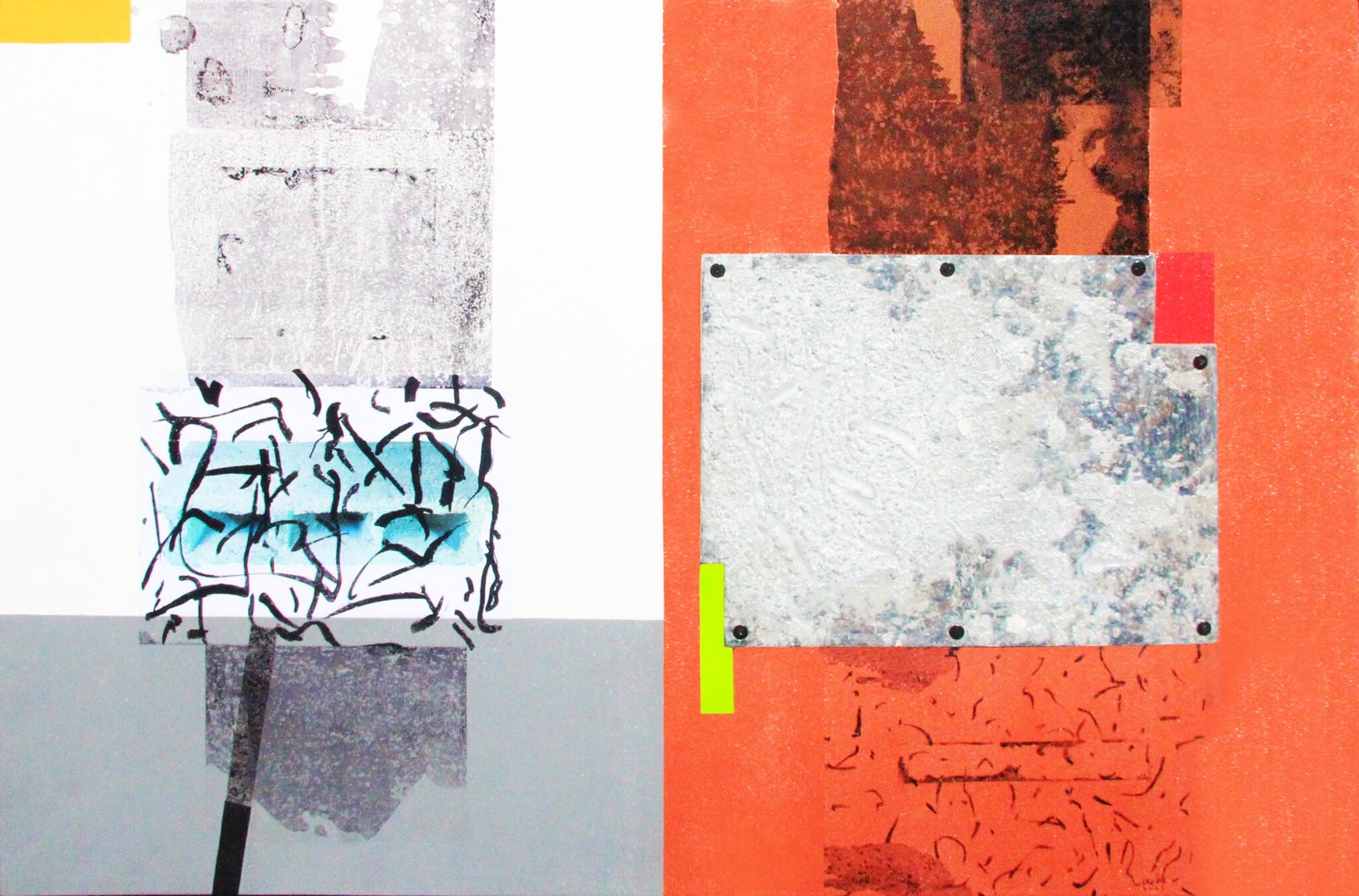

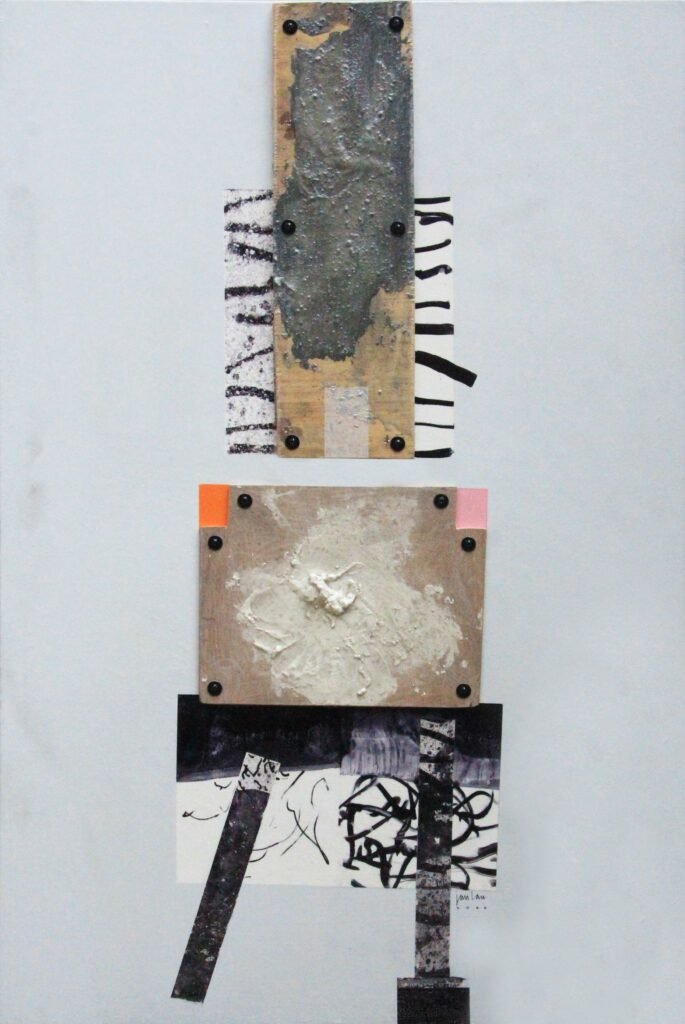

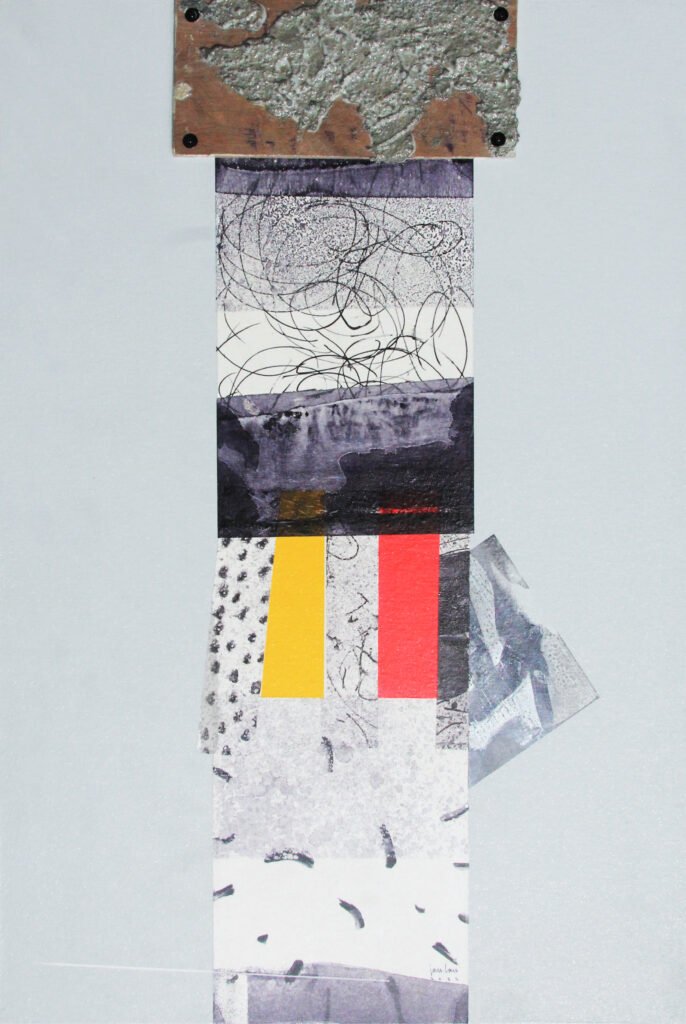
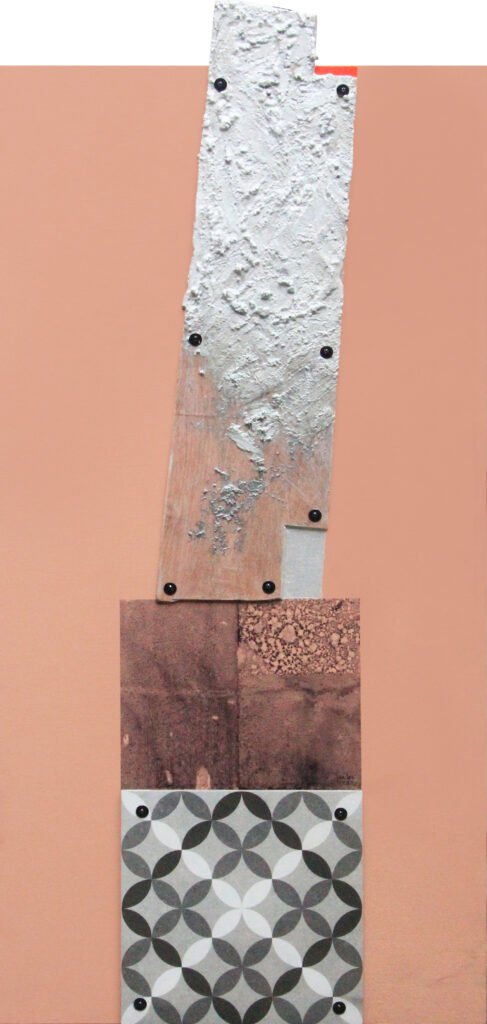
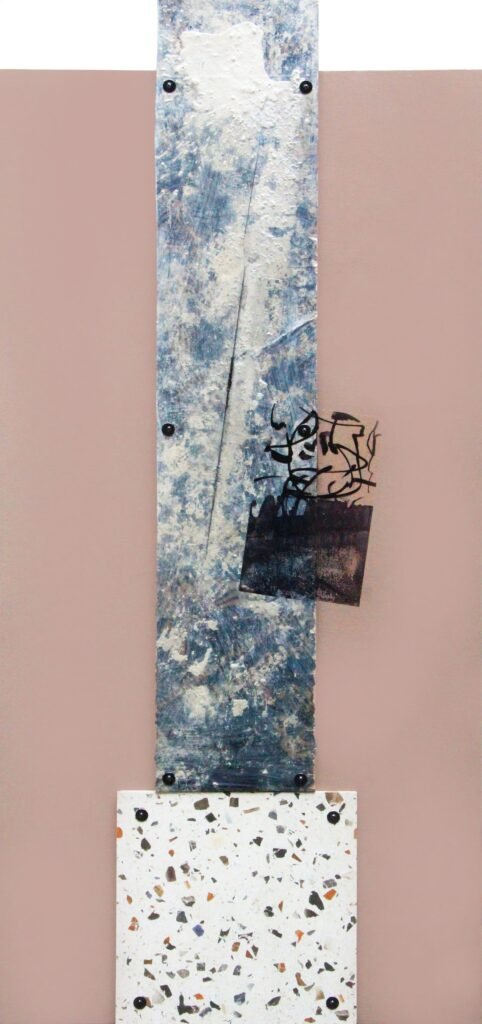
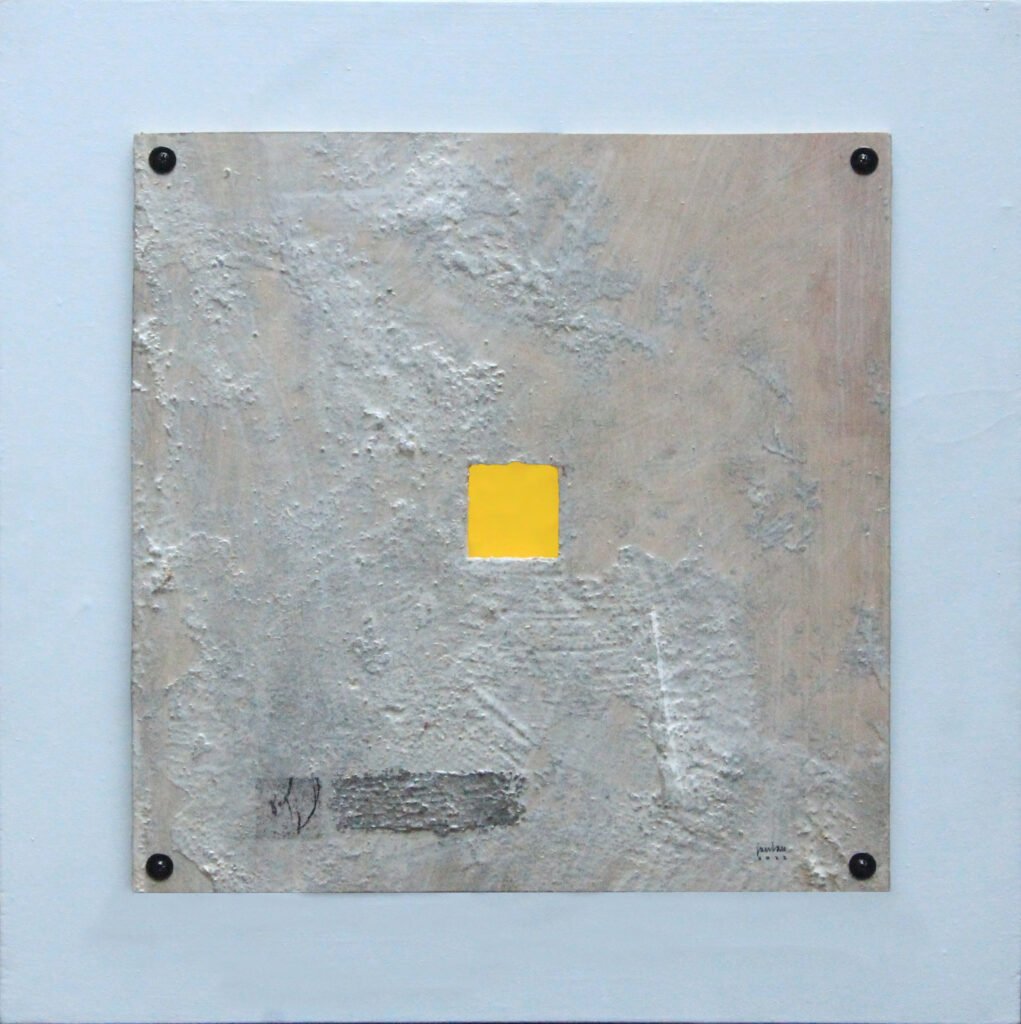

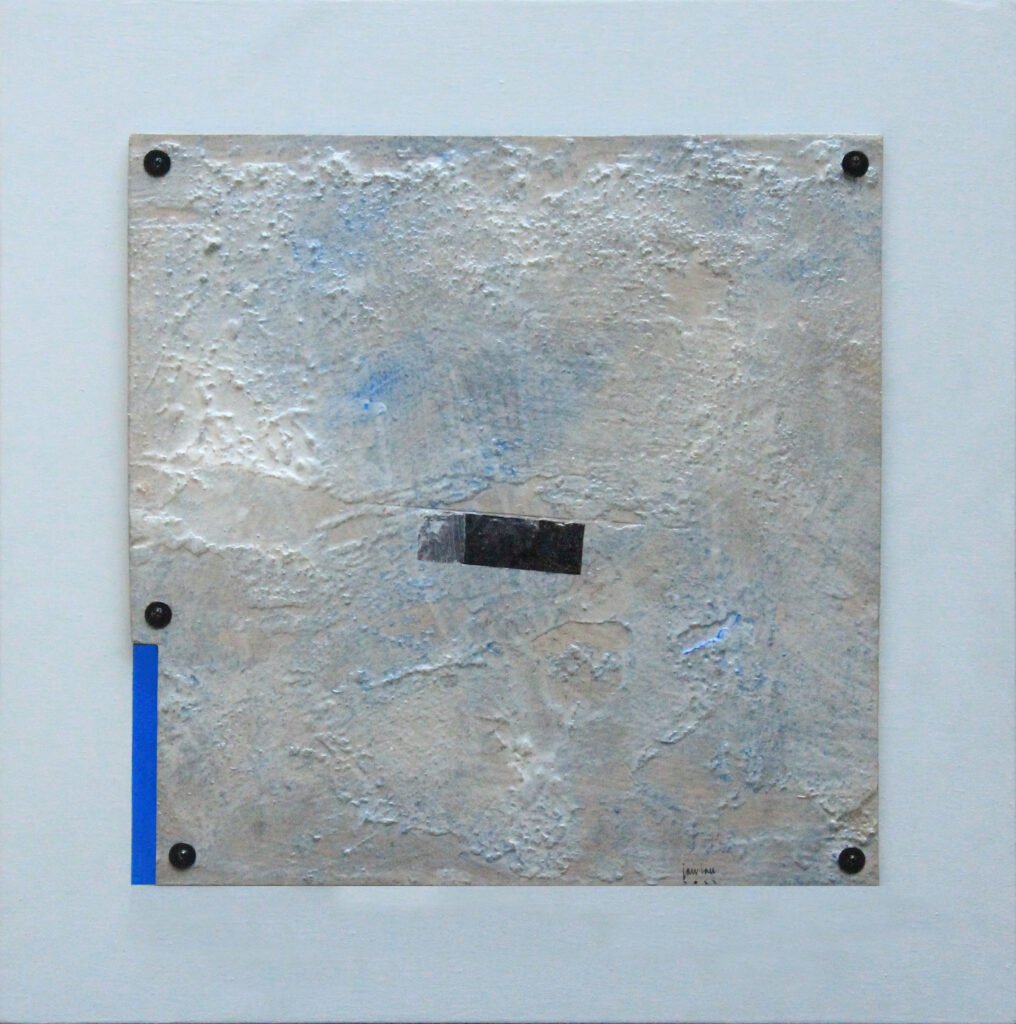


One Response